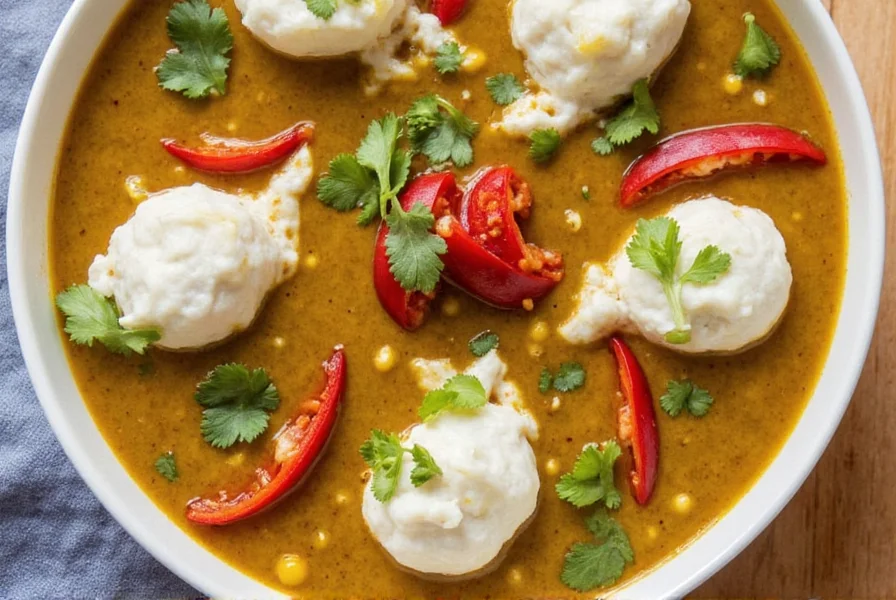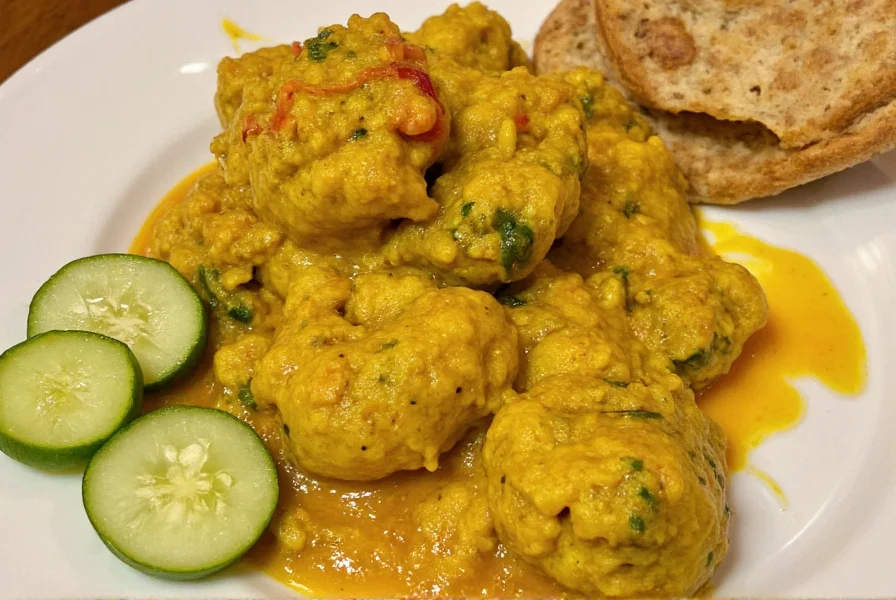Table of Contents
Introduction to Curry Mix
Curry mix is one of the most versatile and beloved spice blends in the world of cooking. Whether you're preparing a traditional Indian dish, a Thai-inspired stir-fry, or a comforting curry soup, the right curry mix can elevate your meal from good to unforgettable. But what exactly is curry mix? It's a blend of spices that varies by region and culture, often including turmeric, cumin, coriander, garlic, ginger, and chili powder. The beauty of curry mix lies in its adaptability — it can be as mild or as fiery as you want.

One of the key things to understand about curry mix is that it’s not a single recipe but rather a family of blends. In India, there are countless regional variations — like the rich and aromatic Madras curry, the earthy and smoky Punjabi garam masala, and the sweet and nutty Kerala curry. In the West, many commercial curry mixes have been simplified for mass appeal, sometimes at the expense of authenticity. But with a bit of knowledge and creativity, you can find or create a curry mix that suits your taste perfectly.
Spice Basics for Every Home Chef
Before diving into the world of curry mix, it's helpful to understand the individual spices that make up these blends. Here's a quick breakdown of some of the most common ingredients:
- Turmeric: Adds a vibrant yellow color and a warm, slightly bitter flavor.
- Cumin: Offers an earthy, nutty aroma and a deep, smoky flavor.
- Coriander: Provides a citrusy, slightly sweet note that balances other spices.
- Garam Masala: A blend of ground spices used to finish dishes, giving them a warm, aromatic depth.
- Chili Powder: Adds heat, but the intensity varies depending on the type (e.g., cayenne vs. paprika).
- Garlic and Ginger: These pungent ingredients bring freshness and depth to any curry.
Each of these spices plays a unique role in the final flavor profile of your dish. For example, turmeric gives color, while cumin adds warmth. Coriander helps balance the heat from chilies, and garam masala brings everything together with its complex, layered aroma.
Practical Tips for Using Curry Mix
Now that you know a little about the spices, here are some practical tips to help you use curry mix like a pro:
- Start Small: When using a new curry mix, especially if it's store-bought, start with a small amount and adjust to taste. Some mixes can be quite strong, so it's better to add more than to over-season.
- Toast the Spices First: If you're making your own curry mix, consider toasting the whole spices before grinding them. This enhances their flavor and makes them more aromatic.
- Pair with Aromatics: Curry mix works best when paired with onions, garlic, and ginger. These ingredients help release the spices and infuse the dish with depth.
- Use It Beyond Curry: Don't limit yourself to just curries! Curry mix can be used in soups, stews, rice dishes, even roasted vegetables or grilled meats.
- Experiment with Flavors: Feel free to tweak the blend by adding or removing certain spices. Maybe you prefer more garlic, or you want a sweeter version — the choice is yours!
Another tip is to always keep a variety of curry mixes on hand. Having different types, such as a mild coconut-based Thai curry mix or a bold Indian masala, allows you to experiment with different cuisines without needing to buy multiple spice blends.
Buying Guide: Choosing the Perfect Curry Mix
If you're buying a pre-made curry mix, here are some things to look for:
| Feature | What to Look For |
|---|---|
| Ingredients | Choose a mix with recognizable, high-quality spices. Avoid those with excessive fillers or artificial additives. |
| Heat Level | Check the label for information on heat level. If it's not specified, ask at the store or research online. |
| Origin | Regional variations offer different flavor profiles. Try a few to see which ones you prefer. |
| Usage | Some mixes are designed for specific dishes, like chicken curry or vegetable stew. Choose one that matches your cooking style. |

For those who enjoy DIY cooking, making your own curry mix can be a rewarding experience. You can customize the blend based on your preferences and the recipes you love. Simply combine your favorite spices in the right proportions and store them in an airtight container. This way, you’ll always have a fresh, flavorful mix ready to go.
When choosing a curry mix, consider the occasion and the audience. If you’re hosting a dinner party, a mild, balanced mix might be better than something extremely spicy. For a cozy weeknight meal, a rich and hearty blend could be perfect. And if you're feeling adventurous, try a fusion mix that combines flavors from different cultures.
One sentence that expands on the curry mix: It’s more than just a seasoning — it’s a gateway to a world of flavors, traditions, and culinary creativity.
Frequently Asked Questions
What is the difference between curry powder and curry paste?
Curry powder is a dry spice blend primarily used in Indian cuisine, while curry paste is a wet mixture containing fresh ingredients like lemongrass, galangal, and shrimp paste, common in Thai cooking. Powder works best for dry rubs and slow-cooked dishes, while paste provides immediate depth for quick-cooking recipes.
How can I make my curry mix less spicy without losing flavor?
Balance heat by adding coconut milk, yogurt, or a teaspoon of sugar. Toasting the curry mix in oil first mutes harsh notes, and incorporating extra coriander or cumin enhances earthiness without increasing spiciness. Always adjust gradually while tasting.
Does curry mix expire, and how should I store it?
Store-bought curry mix lasts 2-3 years in a cool, dark place, while homemade versions stay potent for 6 months. For maximum freshness, use airtight containers and avoid humidity. Discard if the color fades significantly or the aroma weakens.
Can I substitute curry mix in non-Asian recipes?
Absolutely! Sprinkle it on roasted potatoes, stir into scrambled eggs, or blend with mayo for a flavorful sandwich spread. It adds complexity to lentil soups, barbecue sauces, and even homemade popcorn. Start with 1/2 teaspoon per serving to avoid overpowering.
Conclusion: Embrace the Flavor
Curry mix is a powerful tool in any kitchen. With the right blend, you can transform simple ingredients into a feast for the senses. Whether you're a seasoned chef or a curious enthusiast, exploring the world of curry mix is a delicious adventure. From understanding the basics of each spice to experimenting with different combinations, there's always something new to discover.
So, next time you reach for a spice jar, don’t forget to give curry mix a second look. It may just become your new favorite ingredient. Happy cooking, and may your meals always be spiced to perfection!










 浙公网安备
33010002000092号
浙公网安备
33010002000092号 浙B2-20120091-4
浙B2-20120091-4